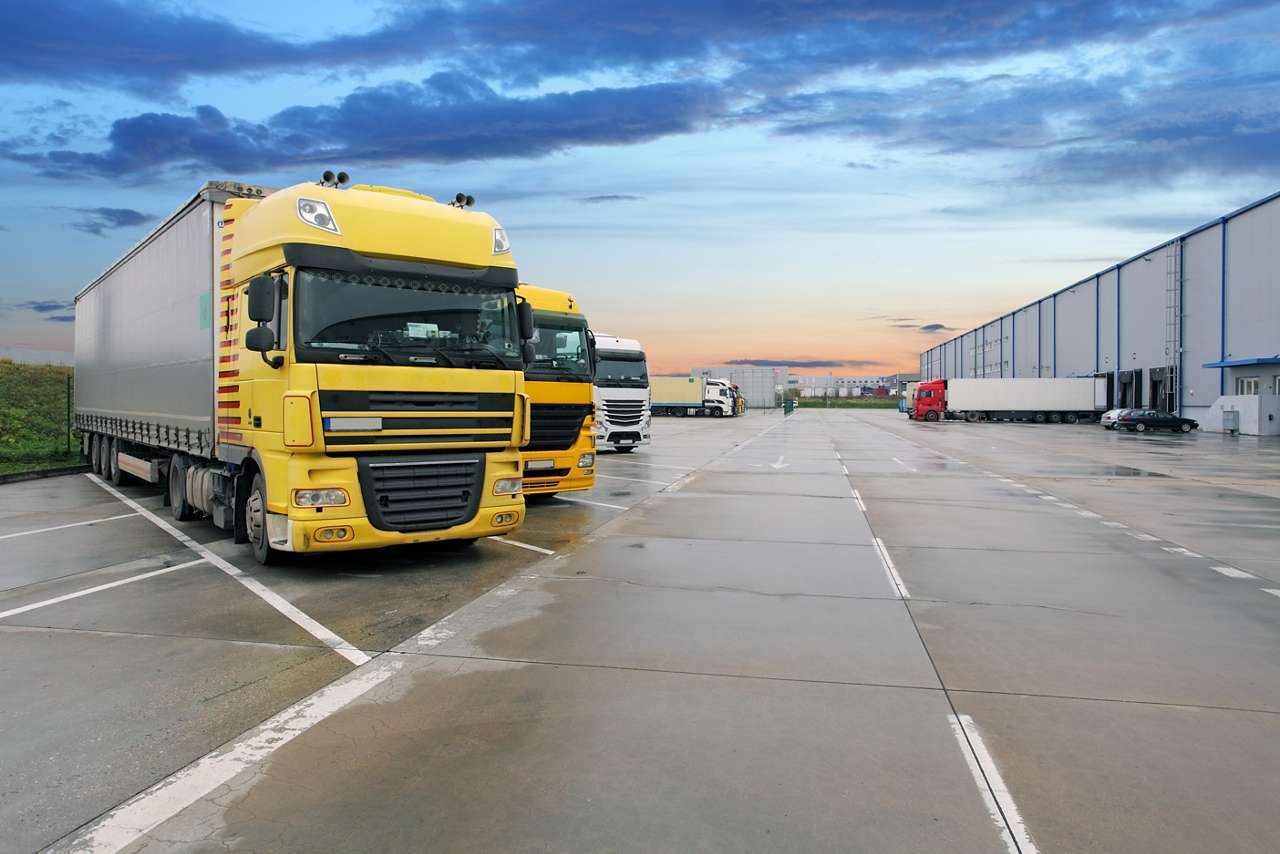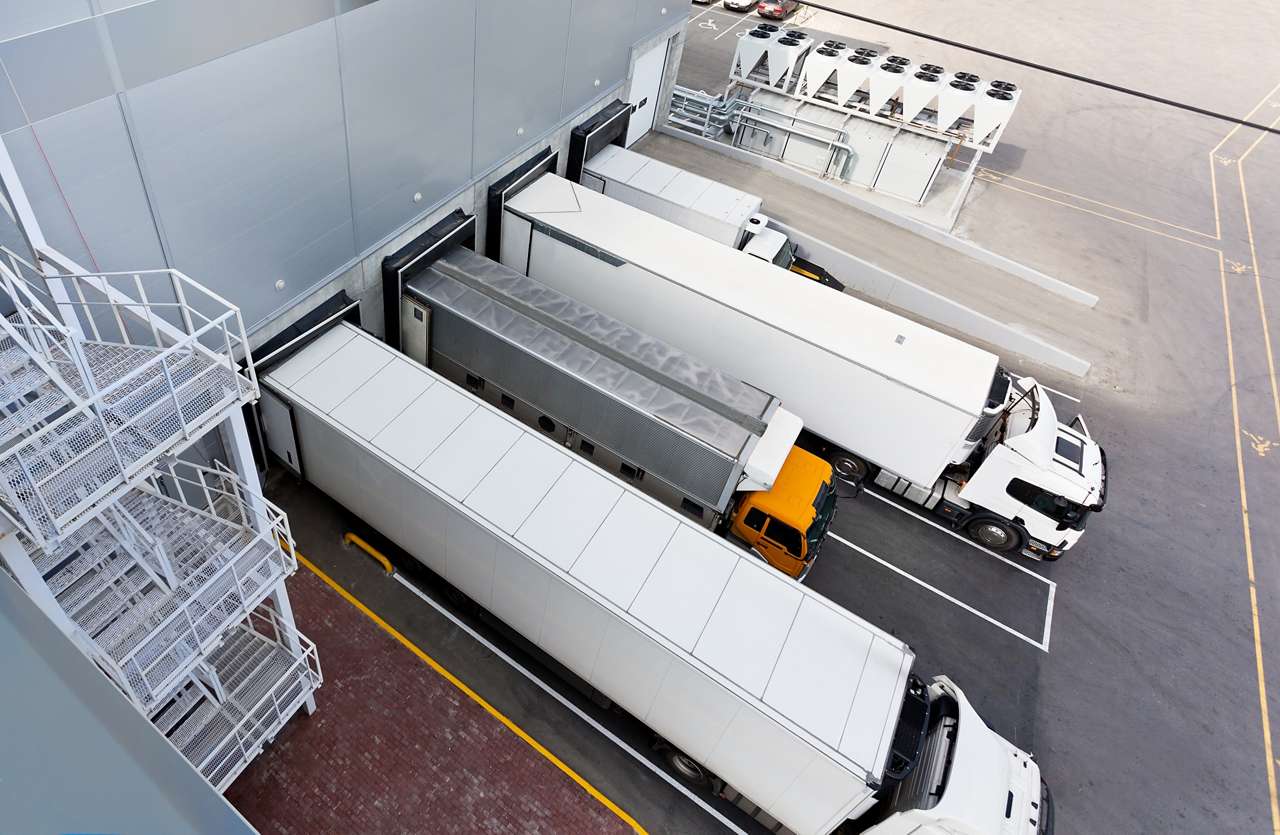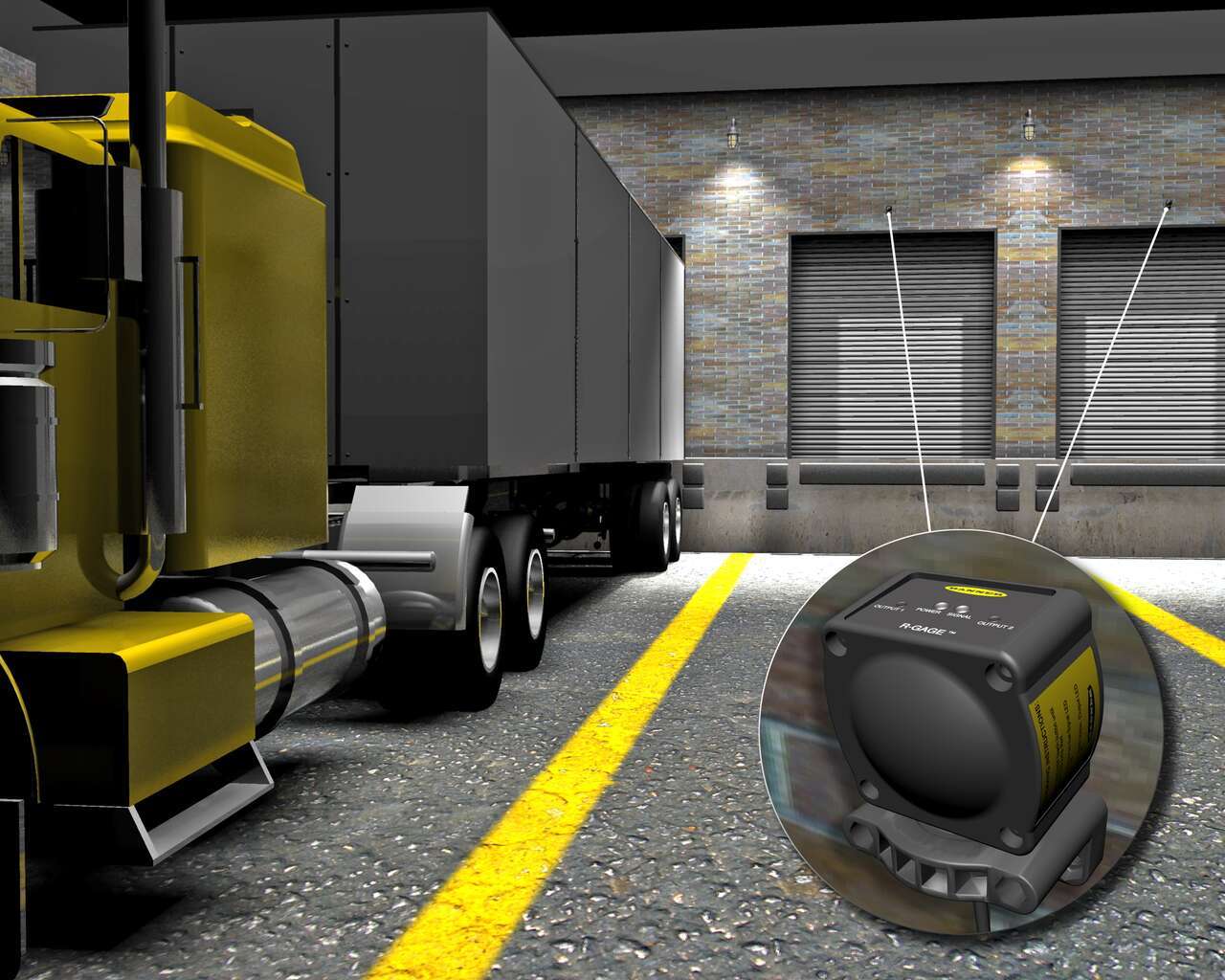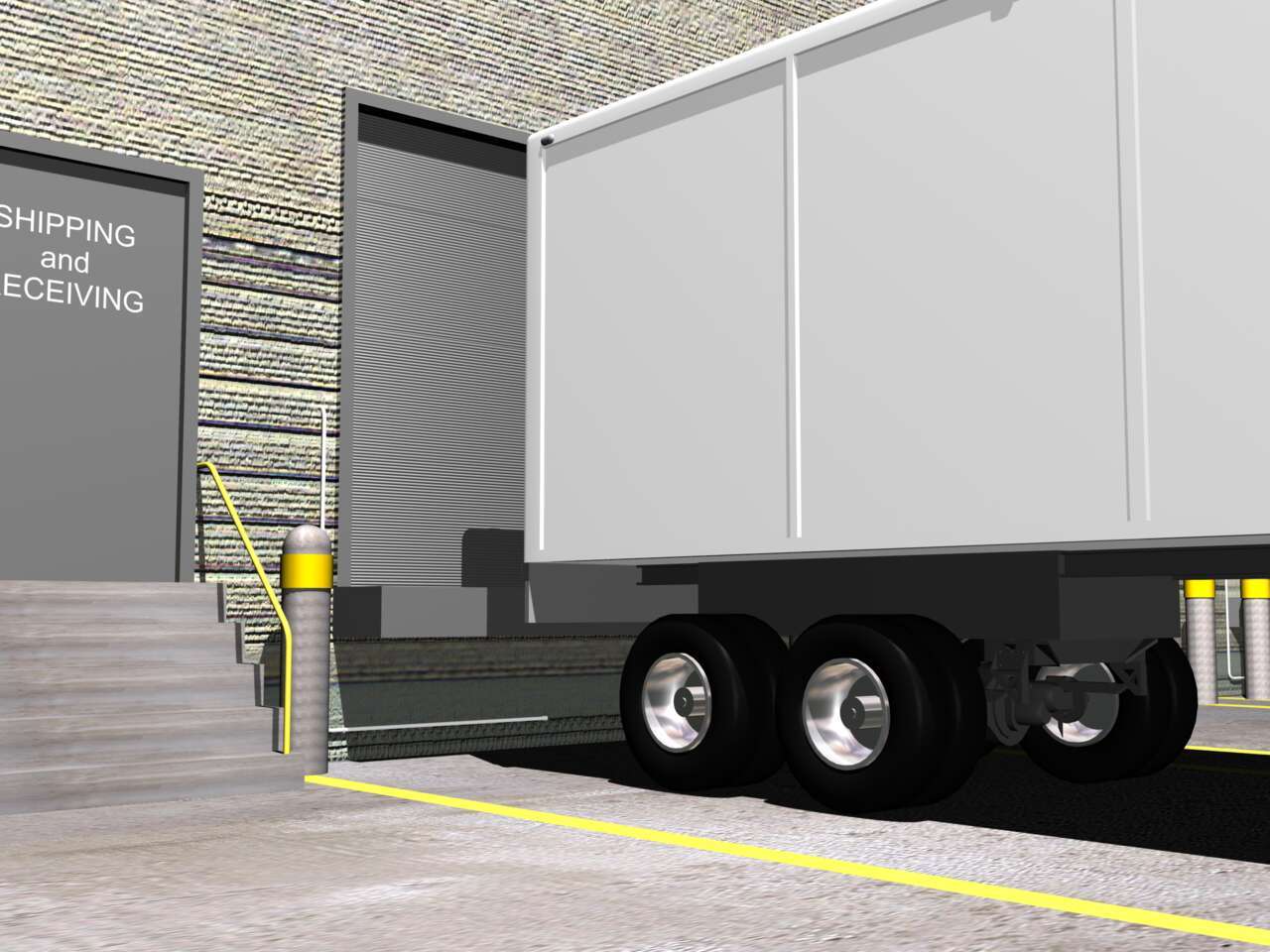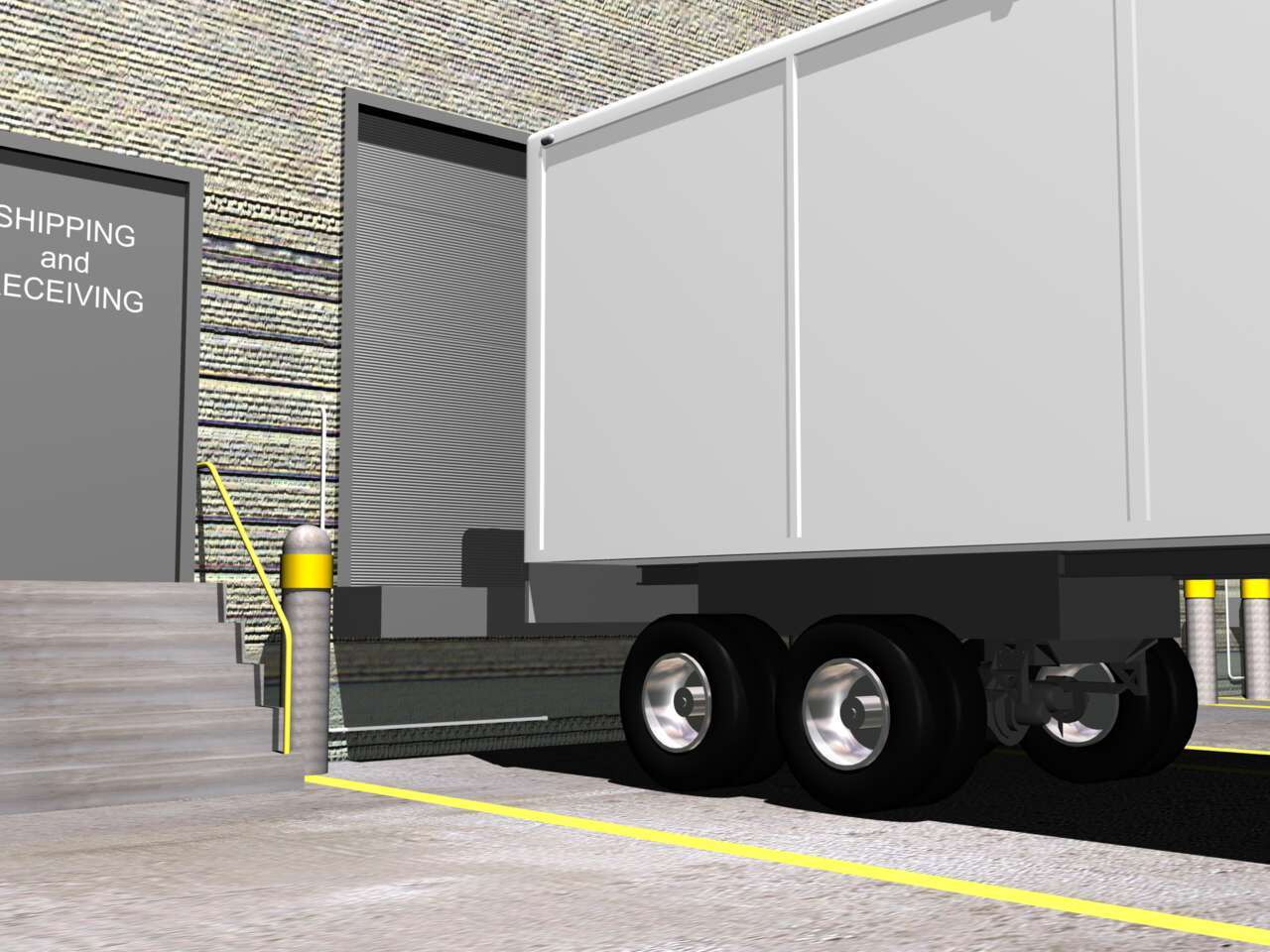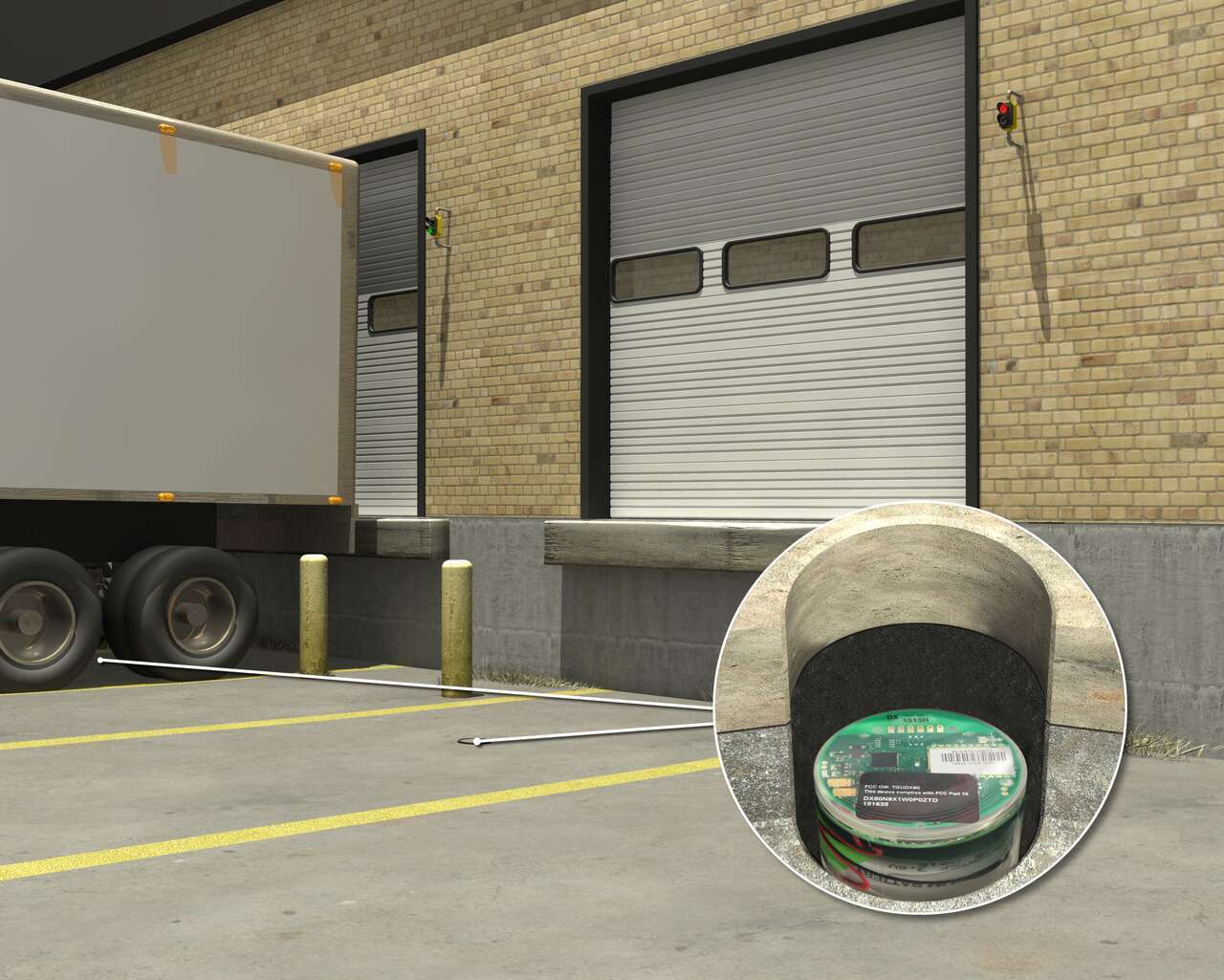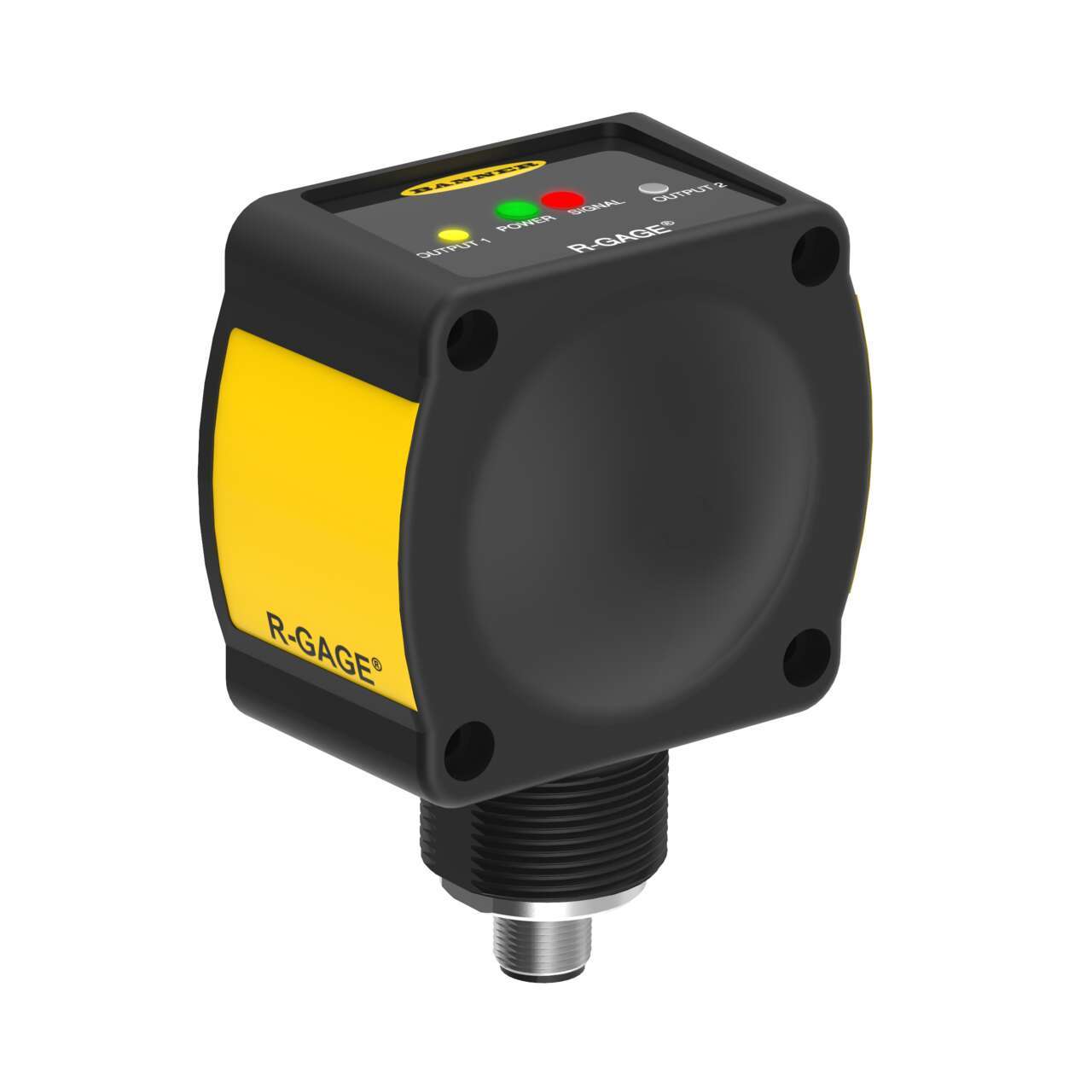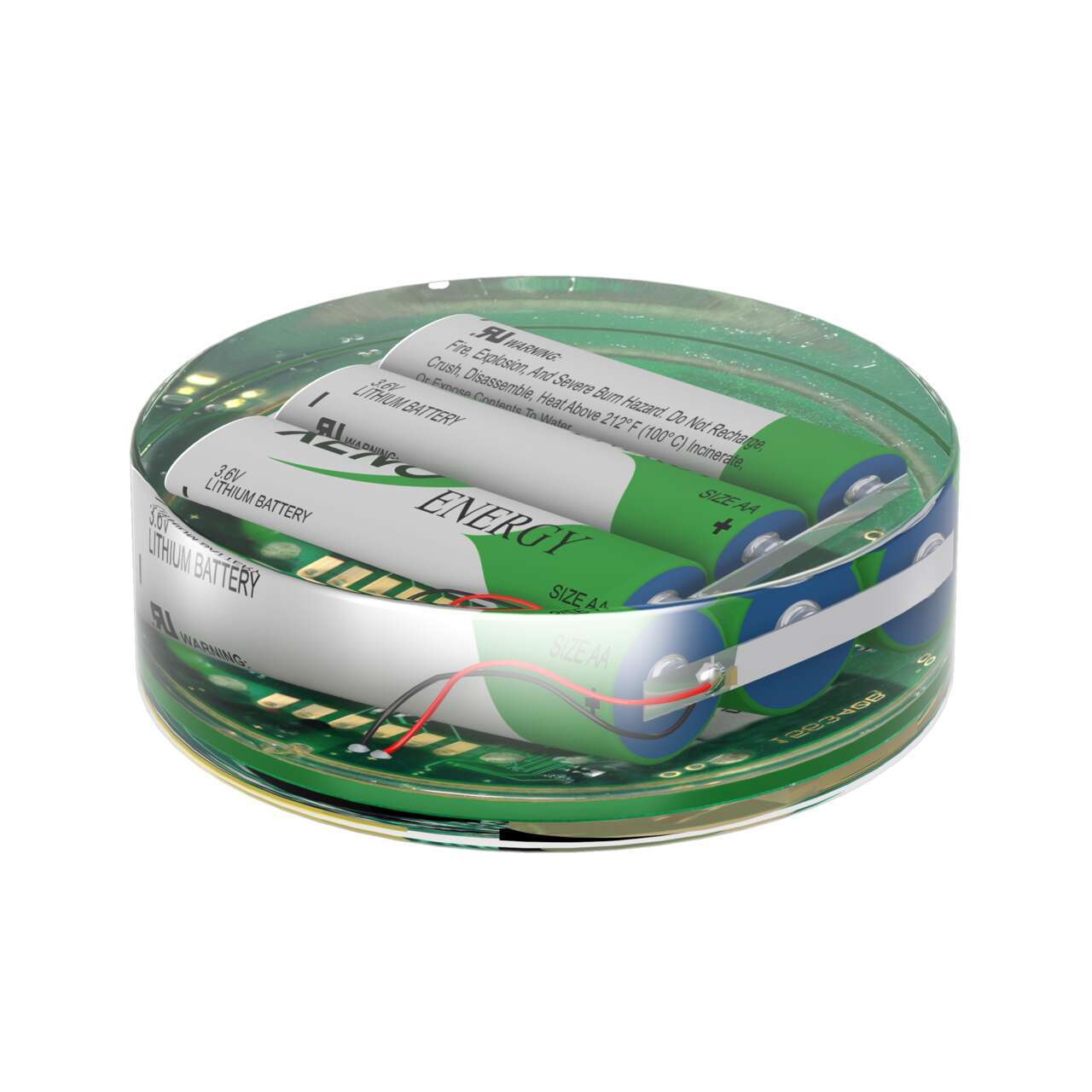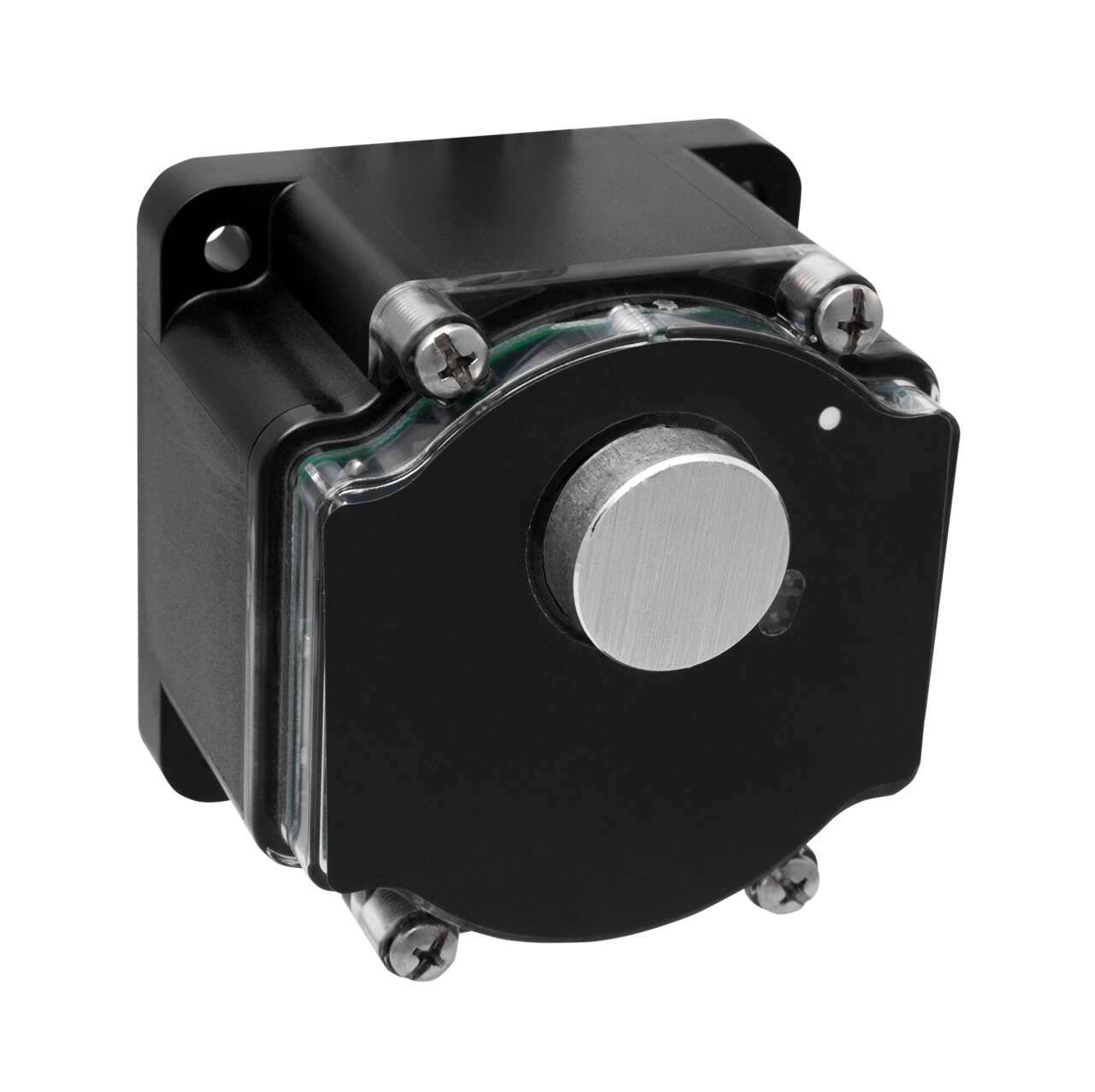Vehicle Detection at Loading Docks
Improve Productivity and Efficiency
Vehicle detection at a loading dock can be used to quickly identify available bays, facilitate fast load and unload times by alerting staff when trucks are present, verifying vehicles are in the correct position before opening doors, and more.
These capabilities help imrpove productivity and efficiency at manufacturing facilities and warehouses.
Detecting vehicles at a loading dock can be difficult because of unpredictable weather and environmental changes. Sensors installed here are exposed to the elements and need to be able to withstand fluctuations in weather and ambient light.
In addition, truck surfaces are made of a variety of materials and come in a range of colors and sizes, which can be challenging for traditional sensors to detect reliably. A solution is needed that consistently detects trucks regardless of the color, reflectivity, or size of the vehicle.
There are a variety of technologies that can be used to solve these applications, including radar sensors, ultrasonic sensors, and fully wireless solutions. In addition, pairing a vehicle sensing technology with bright indicator lights helps staff quickly react when trucks arrive.
Application: A reliable solution is needed to detect presence the of large trucks at a loading dock even in harsh conditions and verify that trucks are in the correct position before the door is opened. to ensure the safety and security of the facility.
Solution: A radar sensor, like the QT50R high sensitivity radar sensor, uses Frequency Modulated Continuous Wave (FMCW) radar to ensure reliable detection of moving or stationary targets regardless of environmental conditions. Radar is an ideal solution for detecting large targets like semi trucks in outdoor environments.
Benefits: Radar technology is unaffected by weather conditions such as wind, rain, ambient light, etc. A radar sensor with a rugged housing built for outdoor use, reducing the need for frequent maintenance or replacement.
Application: A loading dock at a manufacturing facility needs to detect shipping trucks to improve dock efficiency. The commotion of a manufacturing plant can make it difficult to quickly capture the attention of staff when a vehicle arrives.
Solution: A wireless ultrasonic sensor uses sound waves to detect when trucks arrive at the warehouse loading dock. A high-visibility tower light, like the TL70 tower light with audible alarm, both visually and audibly alerts staff that the vehicle has arrived and is ready to be loaded or unloaded.
Benefits: Pairing wireless sensors and indicators together makes it easy to quickly and clearly communicate when vehicles arrive at the dock. Rugged sensors from Banner can withstand harsh outdoor conditions.
Application: Errors and delays at the loading dock can cause problems throughout the supply chain. Identifying available bays on the loading dock and directing staff to the correct bay when a delivery has arrived can improve turnaround time and reduce errors. Performance data from the loading dock can help supervisors make more informed decisions regarding staffing, scheduling, and equipment allocation to improve efficiency and performance.
Solution: A wireless magnetometer reliably detects vehicles by detecting changes in the magnetic field. Status information can be sent wireless using a wireless controller inside the facility. The controller counts each arrival and departure at a bay, logs the time at which the event occurred, and relays any change in status to one of several network-connected tower lights.
Benefits: Data can be accessed later and can be used to track and improve turnaround performance, identify inefficiencies and process issues, and allow supervisors to make smarter decisions about their staff and equipment.
Radar Sensor
High sensitivity radar-based sensors ideal for collision avoidance on board mobile equipment, like reach stackers, forklifts, and mining vehicles.
- Fourth generation FMCW (true-presence) radar detects moving and stationary objects
- Higher sensitivity and longer range
- Adjustable sensing field — ignores objects beyond setpoint
- Easy setup and configuration of range, sensitivity, and output with simple DIP switches
- Sensing functions are unaffected by wind, falling rain or snow, fog, humidity, air temperatures, or light
- Sensor operates in Industrial, Scientific, and Medical (ISM) telecommunication band no special license required
- Rugged IP67 housing withstands harsh environments
Wireless Magnetometer
The M-GAGE sensor uses passive sensing technology to detect large ferrous objects, such as motor vehicles. The M-GAGE provides an alternative replacement for inductive loop systems and needs no external control box.
- Designed to minimize the effects of temperature change and fluctuating magnetic fields
- Sensor learns ambient background and stores settings in non-volatile memory
- FlexPower technology driven by a single, primary lithium battery integrated into the housing
- Transceivers provide two-way communication between the Gateway and Node, including fully acknowledged data transmission
- Fully potted and sealed housing contains the power source, sensor, and antenna for a completely wireless solution
Wireless Ultrasonic Node
The wireless ultrasonic sensor node is ideal for indoor parking applications.
- Can be mounted directly on the ceiling of a parking garage to identify the presence of a car in the parking space below.
- Detects objects up to 4 m away
- Integrated D-cell battery reduces the cost of installation by eliminating the need to run wires and conduit.
- Designed with temperature compensation via on-board temperature measurement
- Transceivers provide two-way communication between the Gateway and Node, including fully acknowledged data transmission
- Housing contains the battery, sensor, and antenna for a complete, robust wireless solution – IP67, NEMA 6
